Home>Technology>Smart Home Devices>How To Make Printer Use Color Ink For Black
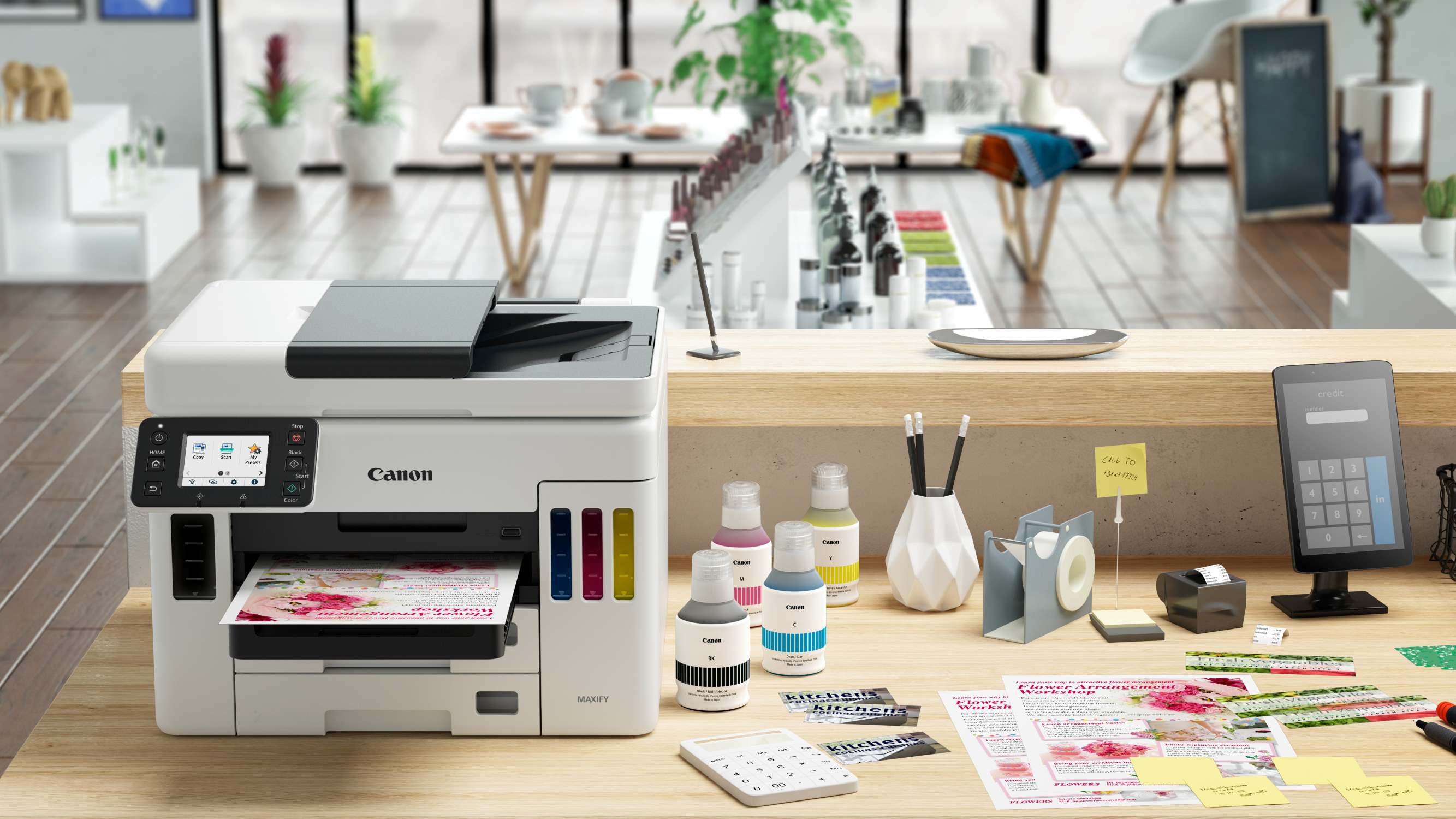

Smart Home Devices
How To Make Printer Use Color Ink For Black
Published: January 16, 2024
Learn how to optimize your smart home devices to use color ink for black, saving you money and extending the life of your printer. Discover the best practices for maximizing your printer's efficiency.
(Many of the links in this article redirect to a specific reviewed product. Your purchase of these products through affiliate links helps to generate commission for Storables.com, at no extra cost. Learn more)
Introduction
Welcome to the world of printing, where the colors on the page come to life through the magic of ink. However, have you ever encountered the frustrating scenario where your printer refuses to use color ink when you only need to print in black? It's a common issue that many users face, and it can be quite perplexing. Fortunately, there are several strategies you can employ to address this inconvenience and make your printer utilize color ink for black printing.
In this comprehensive guide, we will delve into the intricacies of this dilemma and provide practical solutions to help you overcome it. Whether you're a seasoned printing enthusiast or a novice user, understanding how to navigate your printer's settings and optimize its functionality can make a world of difference. So, let's explore the underlying reasons for this issue and discover the steps to resolve it, empowering you to make the most of your printing experience.
Key Takeaways:
- Adjusting printer settings can help minimize color ink usage for black printing, saving costs and prolonging the lifespan of color cartridges.
- Third-party software offers advanced controls over ink usage, providing alternative solutions to optimize color ink consumption for black printing.
Read more: How To Make Printer Ink
Understanding the Issue
Before delving into the solutions, it’s essential to grasp the underlying reasons behind the printer’s reluctance to use color ink for black printing. Most modern printers are designed to use a combination of black and color inks to produce high-quality prints. When printing in black, the printer typically utilizes the black ink cartridge to create the text and graphics. However, some printers may also incorporate a small amount of color ink to enhance the depth and clarity of the black output.
One reason for this approach is the use of composite black, a blend of color inks that creates a richer and more vibrant black shade. This technique is especially prevalent in inkjet printers, where the combination of color inks can contribute to the overall quality of the printed material. As a result, even when you select the black-and-white or grayscale printing option, the printer may still tap into the color ink reservoir to optimize the output.
Furthermore, certain printers may default to using color ink to prevent potential issues with clogged print heads or dried-out cartridges. By periodically cycling the color ink through the system, the printer can maintain the integrity of all ink cartridges, ensuring smooth and consistent performance.
While these practices are intended to enhance print quality and preserve the printer’s functionality, they can lead to concerns about excessive color ink consumption and the associated costs. Additionally, users who primarily print in black may find it disconcerting to observe their color ink levels depleting, seemingly without cause.
By recognizing the intricacies of how printers handle black and color ink, you can gain valuable insights into the mechanics of this issue. Armed with this understanding, you’ll be better equipped to explore potential solutions and optimize your printer’s settings to align with your specific printing needs.
Adjusting Printer Settings
When faced with the challenge of making your printer use color ink for black printing, adjusting the printer settings can often yield a viable solution. Most printers offer a range of configuration options that allow users to customize their printing preferences and optimize ink usage. By navigating these settings, you can influence how the printer handles color ink when producing black prints.
One of the primary settings to explore is the “Print Quality” or “Advanced Settings” menu, which is commonly accessible through the printer’s software interface on your computer. Within this menu, you may find options to adjust the grayscale printing mode, which can significantly impact the utilization of color ink. By selecting the grayscale or black-and-white printing mode, you can instruct the printer to minimize or entirely exclude the use of color ink, focusing solely on the black cartridge for monochromatic output.
Additionally, some printers feature an “Economy” or “Draft” mode, which enables users to conserve ink by reducing the amount of ink deposited on the page. While this mode is primarily aimed at minimizing the usage of both black and color inks, it can be a practical approach for individuals seeking to limit color ink consumption when printing predominantly in black.
Another valuable setting to consider is the “Ink Usage” or “Ink Management” option, if available. This feature may provide detailed controls over how the printer utilizes each ink cartridge, allowing you to fine-tune the ink distribution based on your specific requirements. By adjusting the ink allocation for black and color printing, you can tailor the printer’s behavior to align with your preferences and minimize unnecessary color ink usage.
Furthermore, some printers offer a “Black Ink Only” or “Use Black Cartridge Only” mode, which explicitly directs the printer to rely solely on the black ink cartridge for all printing tasks, regardless of the content. Engaging this mode can effectively circumvent the printer’s default behavior of incorporating color ink for black prints, providing a straightforward solution to conserve color ink when it’s not essential for the intended output.
By exploring these settings and experimenting with different configurations, you can gain greater control over how your printer utilizes color ink for black printing. Whether you seek to prioritize cost savings, prolong the lifespan of your color cartridges, or simply streamline the printing process, leveraging the available settings can empower you to tailor the printer’s behavior to suit your specific needs.
To make a printer use color ink for black, go to the printer settings and select “Print in Grayscale” or “Black and White” to force the printer to use the color ink for black printing. This may vary depending on the printer model, so refer to the printer manual for specific instructions.
Using Third-Party Software
When conventional printer settings prove insufficient in addressing the challenge of making your printer use color ink for black printing, turning to third-party software solutions can offer alternative avenues for resolving this issue. A variety of specialized applications and utilities are designed to complement the functionality of printers, providing advanced controls over ink usage and print settings.
One notable category of third-party software encompasses printer management tools that offer enhanced customization options beyond those provided by the standard printer drivers. These applications often feature comprehensive ink management modules, allowing users to fine-tune the ink allocation for different printing scenarios. By leveraging these tools, you can exert precise control over the printer’s use of color ink, minimizing its consumption when producing black prints.
Furthermore, some third-party software solutions are specifically tailored to optimize ink usage and enhance print quality. These applications may include features that intelligently regulate ink distribution, ensuring efficient utilization of both black and color inks while maintaining the desired output quality. By harnessing the capabilities of such software, you can achieve a harmonious balance between preserving color ink resources and achieving satisfactory black printing results.
Additionally, certain third-party utilities are designed to streamline the printing process and provide seamless compatibility with a wide range of printers. These applications often incorporate intuitive interfaces and user-friendly controls, making them accessible to users with varying levels of technical expertise. Whether you’re seeking to fine-tune ink settings, customize print modes, or optimize color ink usage, these software offerings can serve as valuable allies in addressing the complexities of black printing with color ink involvement.
Moreover, some third-party solutions are engineered to facilitate precise color management, enabling users to exert nuanced influence over how colors are rendered in their prints. While this functionality may extend beyond the immediate scope of black printing, it can indirectly contribute to optimizing color ink consumption by ensuring that the printer’s color handling is attuned to the specific requirements of your printing tasks.
By exploring the diverse array of third-party software options available, you can expand your toolkit for addressing the challenge of making your printer use color ink for black printing. Whether you seek to refine ink management, enhance print quality, or streamline the printing workflow, these software solutions can offer valuable resources for achieving your desired printing outcomes.
Conclusion
As we conclude our exploration of the perplexing issue of making a printer use color ink for black printing, it’s evident that this challenge can be effectively addressed through a combination of informed strategies and practical solutions. By understanding the nuances of how printers handle black and color ink, users can navigate their printer’s settings and leverage third-party software to optimize ink usage and achieve the desired printing outcomes.
Throughout this journey, we’ve uncovered the underlying reasons for printers incorporating color ink in black printing, shedding light on the industry practices and technical considerations that influence this behavior. Armed with this knowledge, users can approach the task of adjusting printer settings with confidence, exploring options such as grayscale printing modes, ink management features, and specialized print modes to tailor the printer’s behavior to their specific needs.
Furthermore, the realm of third-party software has emerged as a valuable resource for users seeking advanced controls over ink usage and print settings. From ink management utilities to color optimization tools, these applications offer a diverse array of capabilities to complement and extend the functionality of printers, providing users with additional avenues for addressing the complexities of color ink involvement in black printing.
Ultimately, the quest to make a printer use color ink for black printing underscores the dynamic interplay between user preferences, printer functionality, and technological innovations. By harnessing the available tools and insights, users can navigate this landscape with greater proficiency, ensuring that their printing endeavors are aligned with their specific requirements and preferences.
As technology continues to evolve, it’s conceivable that future advancements in printer hardware and software will further refine the user experience, offering enhanced controls and optimizations for ink usage across a spectrum of printing scenarios. In the meantime, the strategies and solutions we’ve explored serve as valuable assets for users seeking to maximize the efficiency and cost-effectiveness of their printing activities.
With a deeper understanding of printer settings, ink management, and the potential of third-party software, users are empowered to surmount the challenges posed by color ink involvement in black printing, unlocking greater control and flexibility in their printing endeavors. By embracing these insights and strategies, users can embark on their printing journeys with confidence, knowing that they possess the knowledge and tools to achieve optimal outcomes in their quest for high-quality, efficient, and cost-effective printing.
Frequently Asked Questions about How To Make Printer Use Color Ink For Black
Was this page helpful?
At Storables.com, we guarantee accurate and reliable information. Our content, validated by Expert Board Contributors, is crafted following stringent Editorial Policies. We're committed to providing you with well-researched, expert-backed insights for all your informational needs.
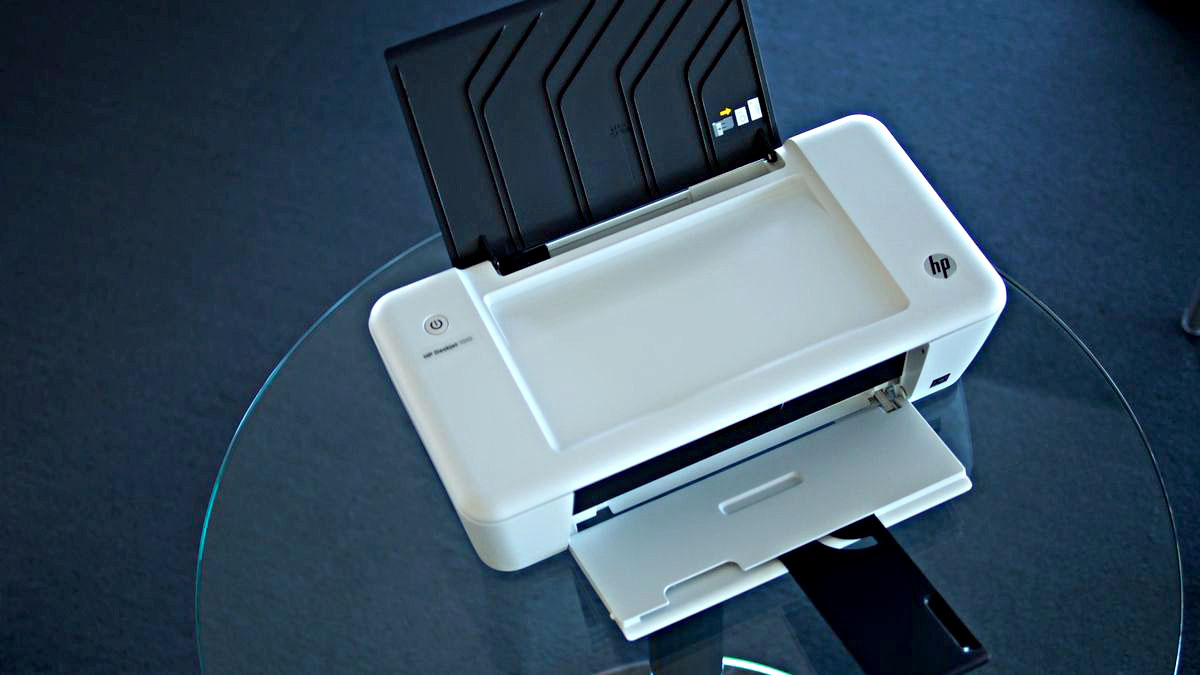
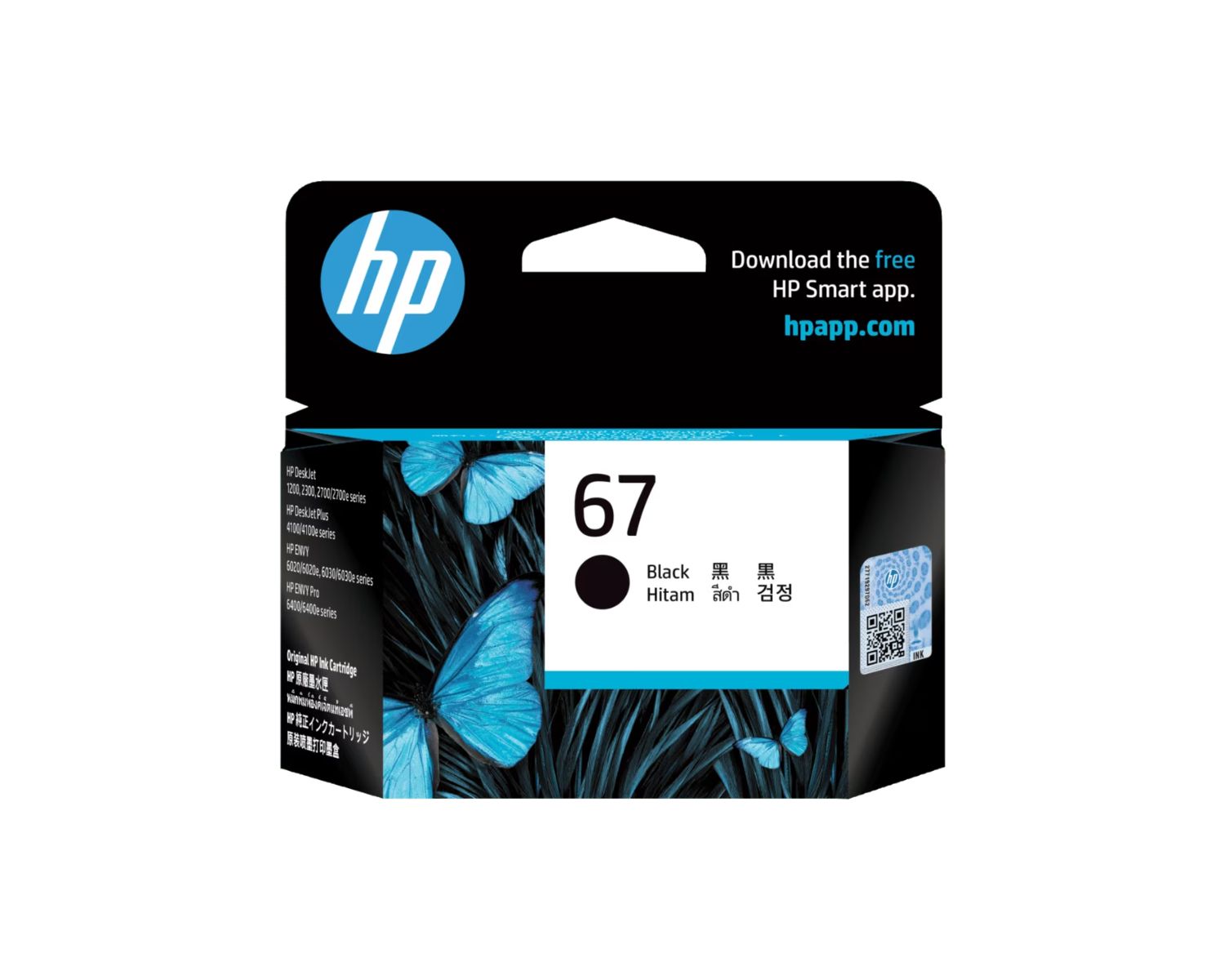
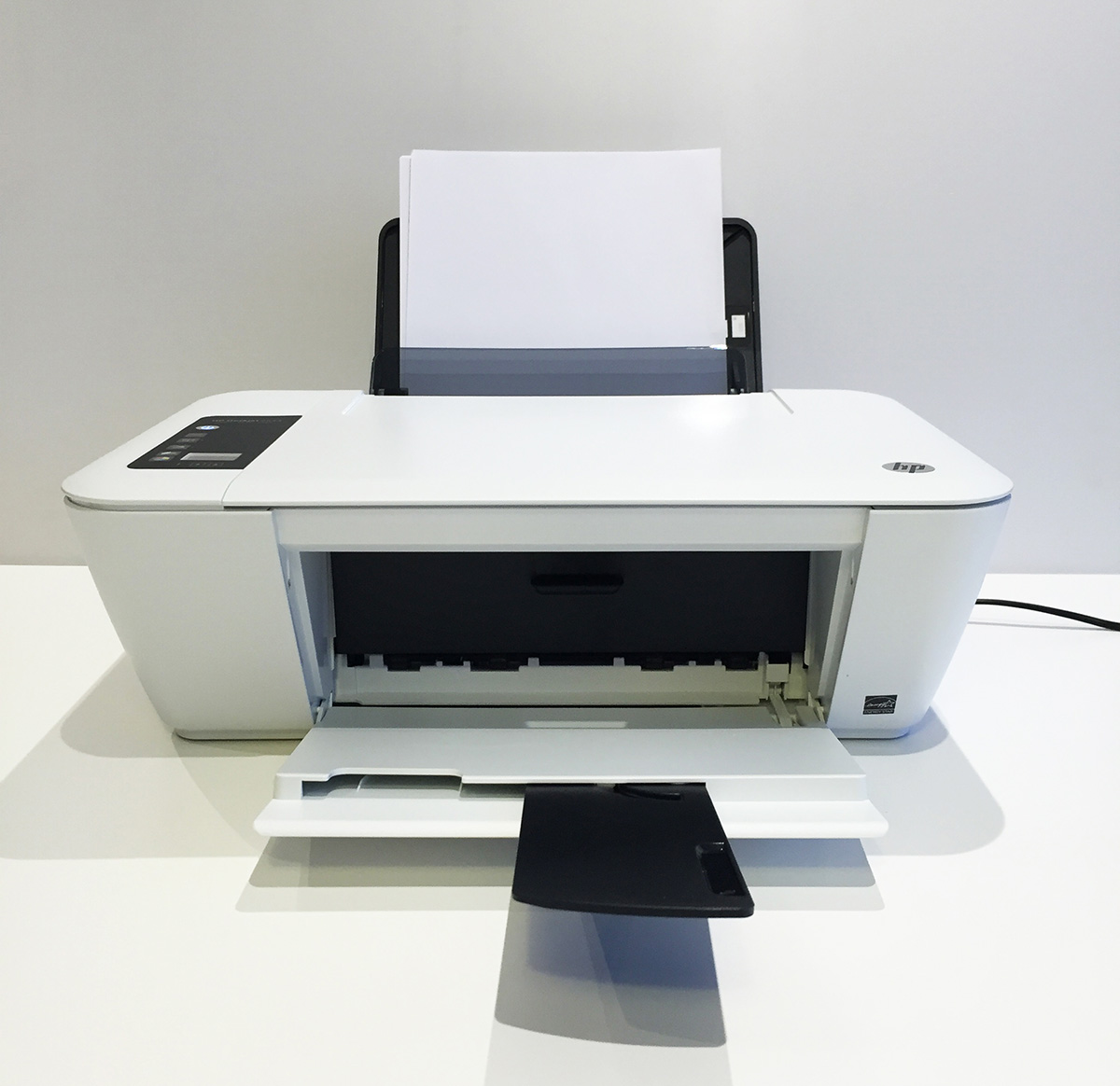
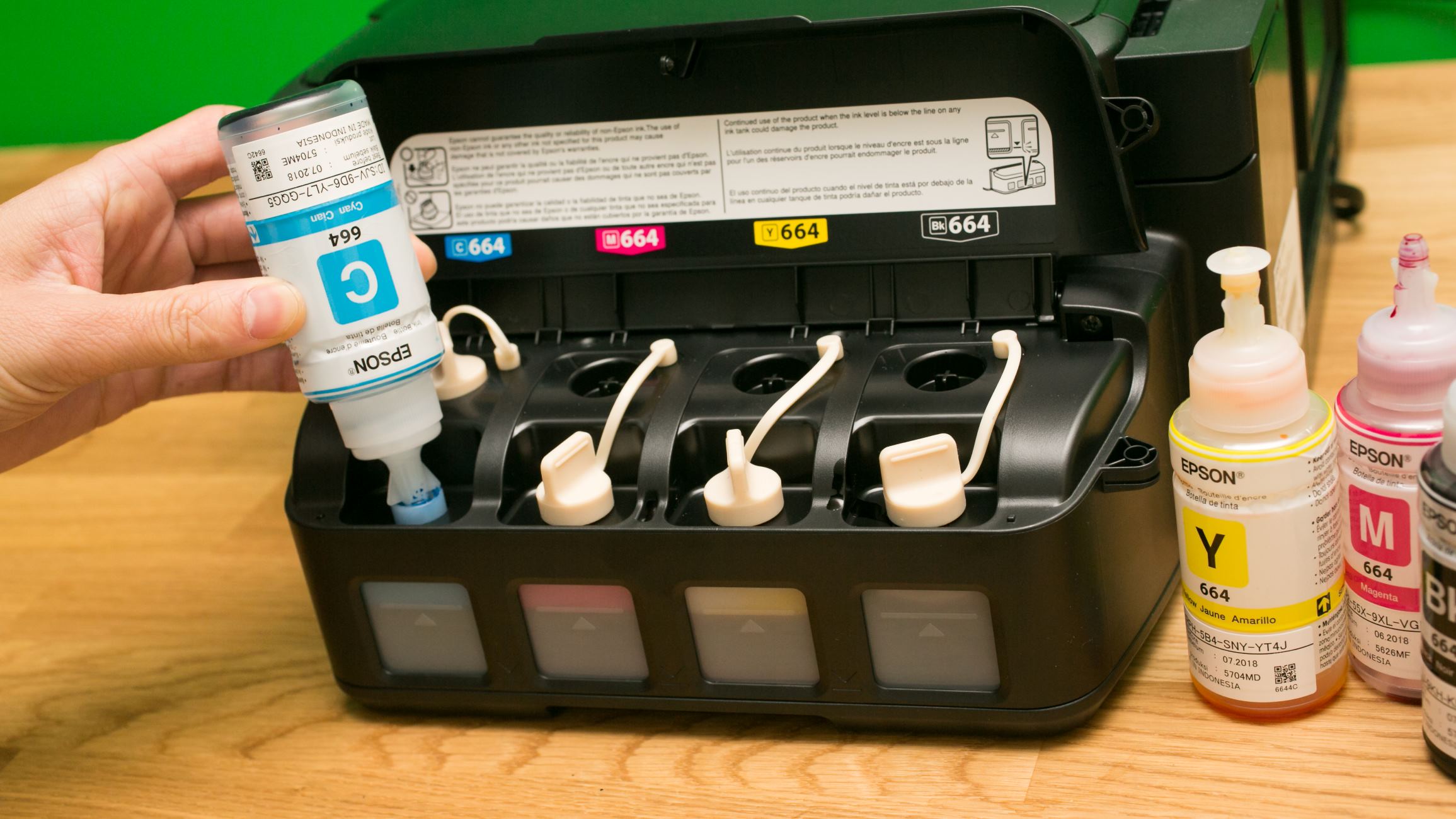


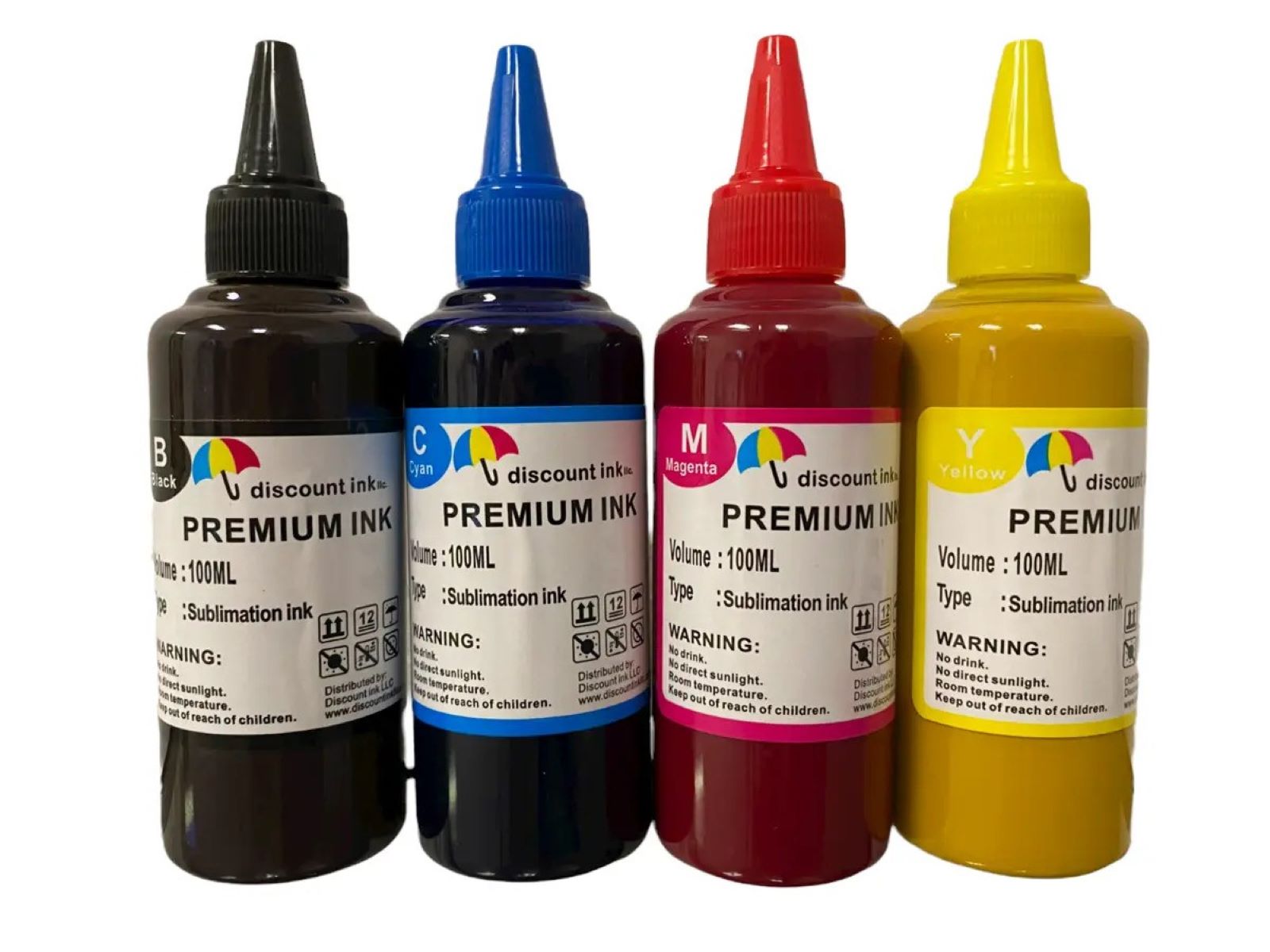
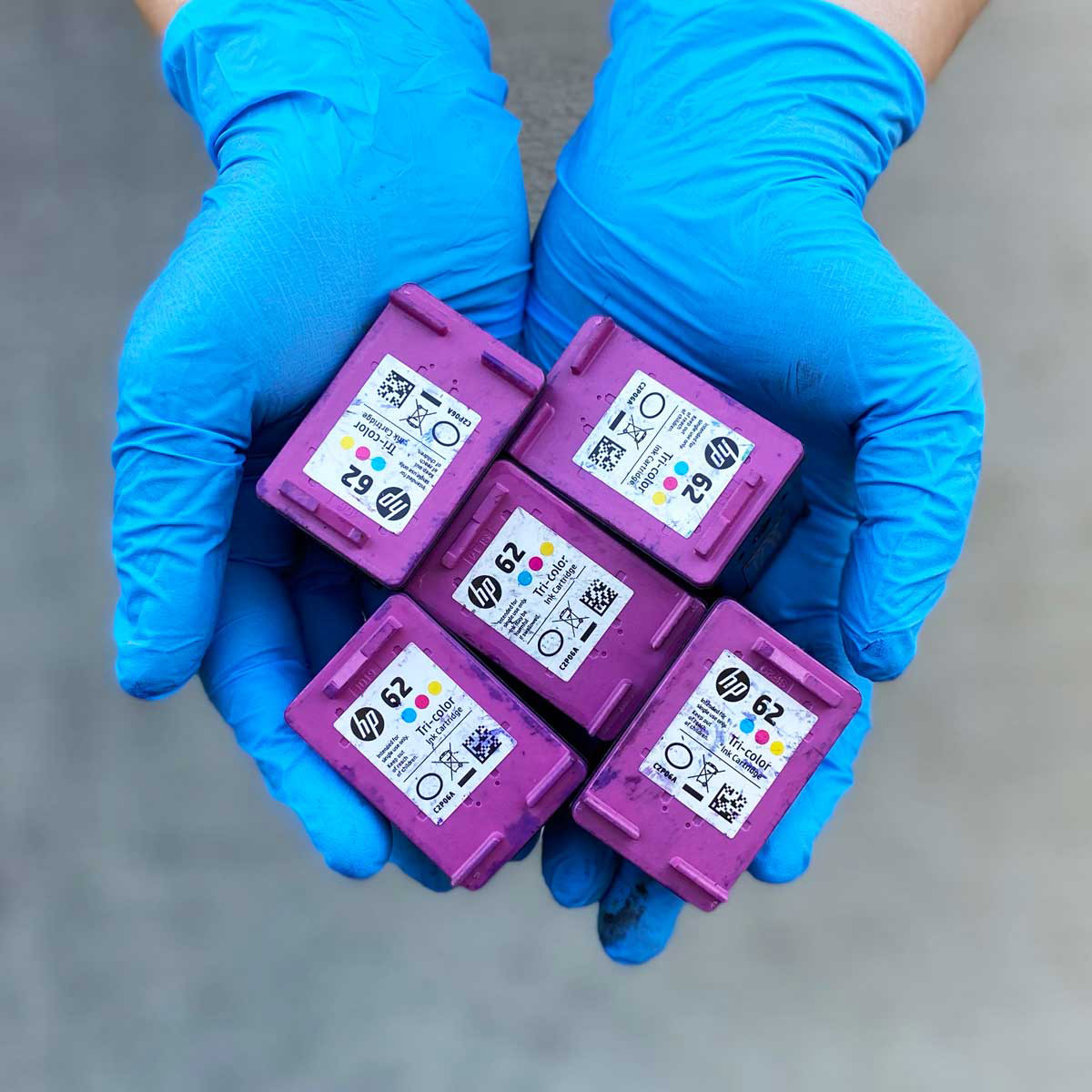

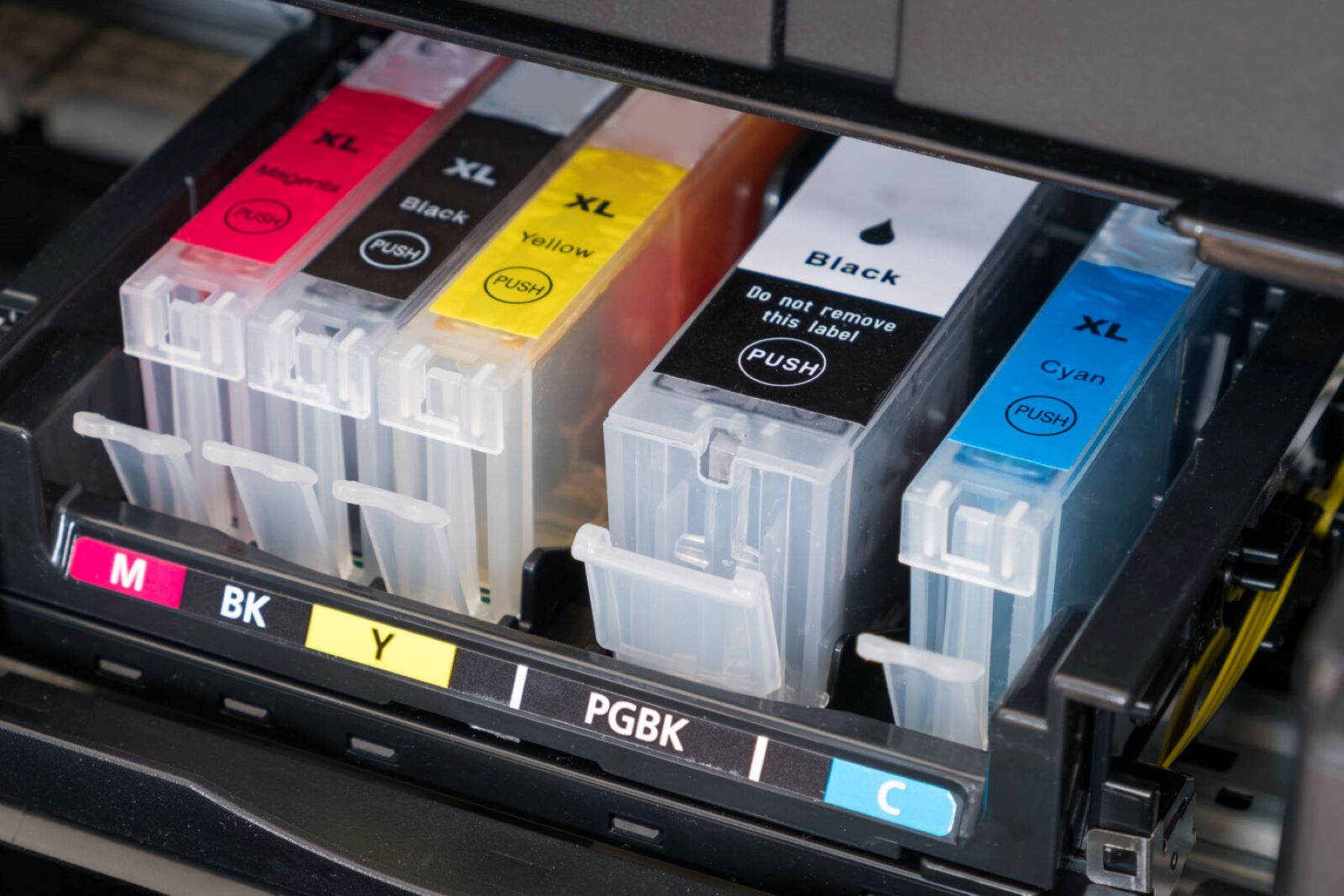
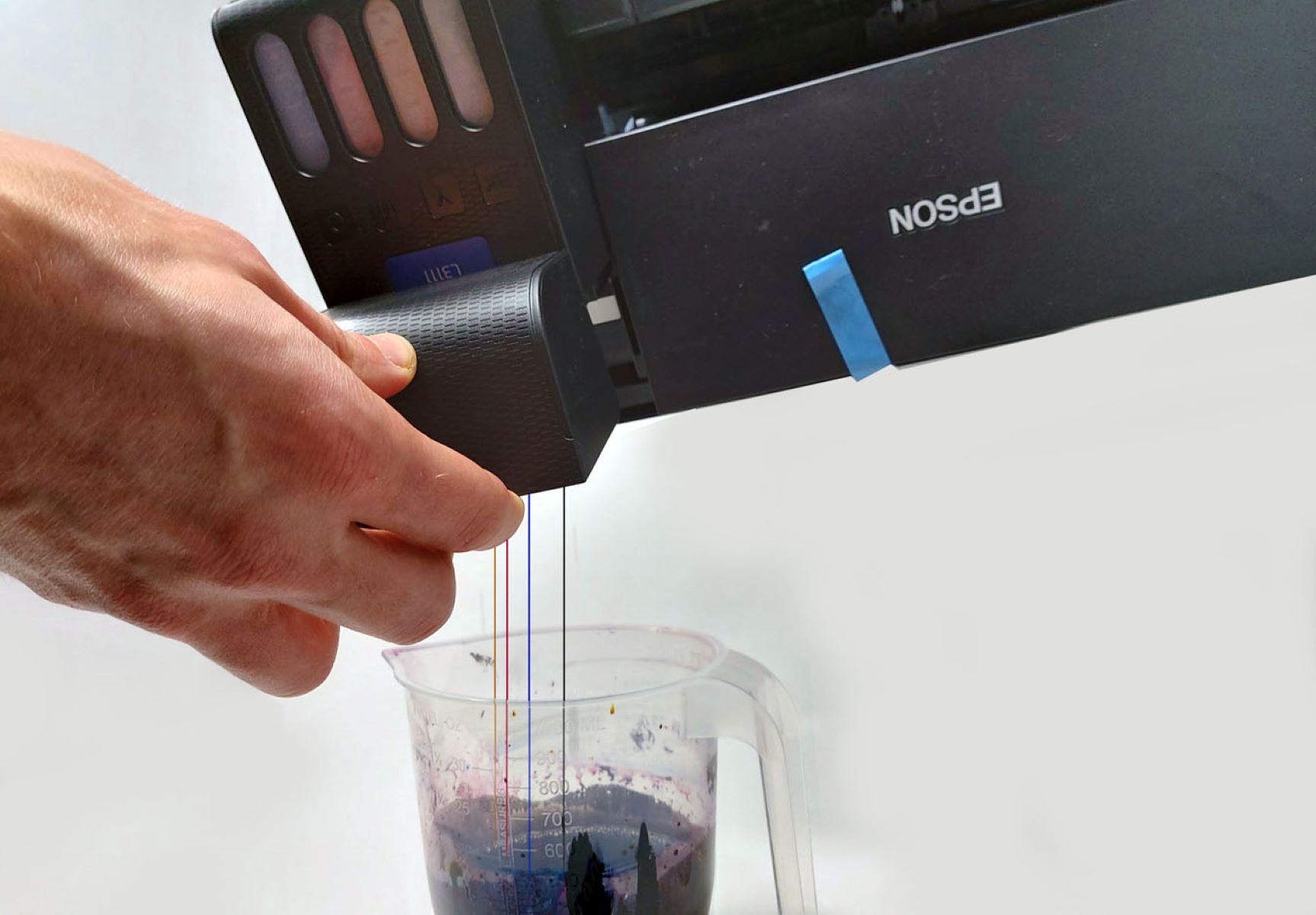
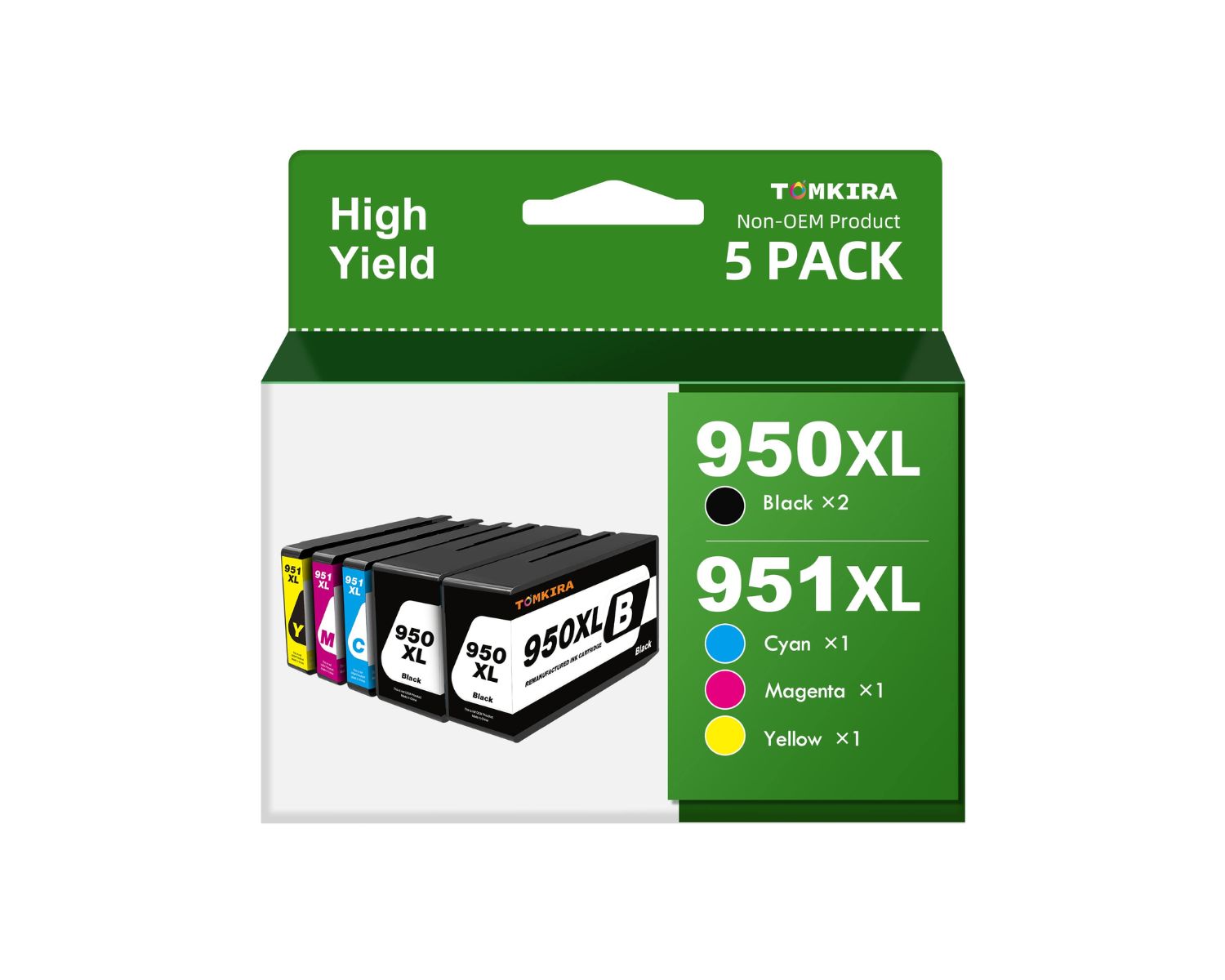
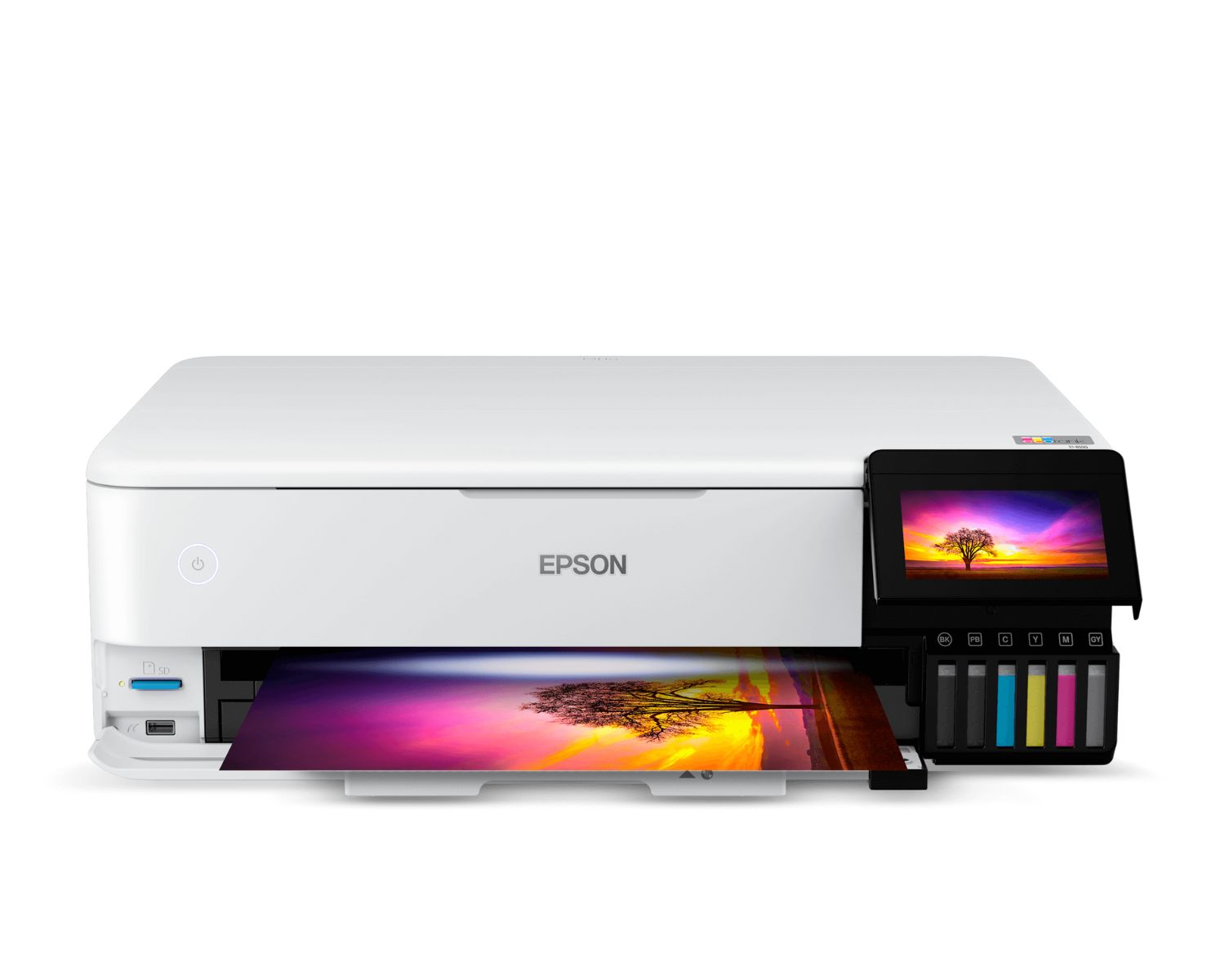
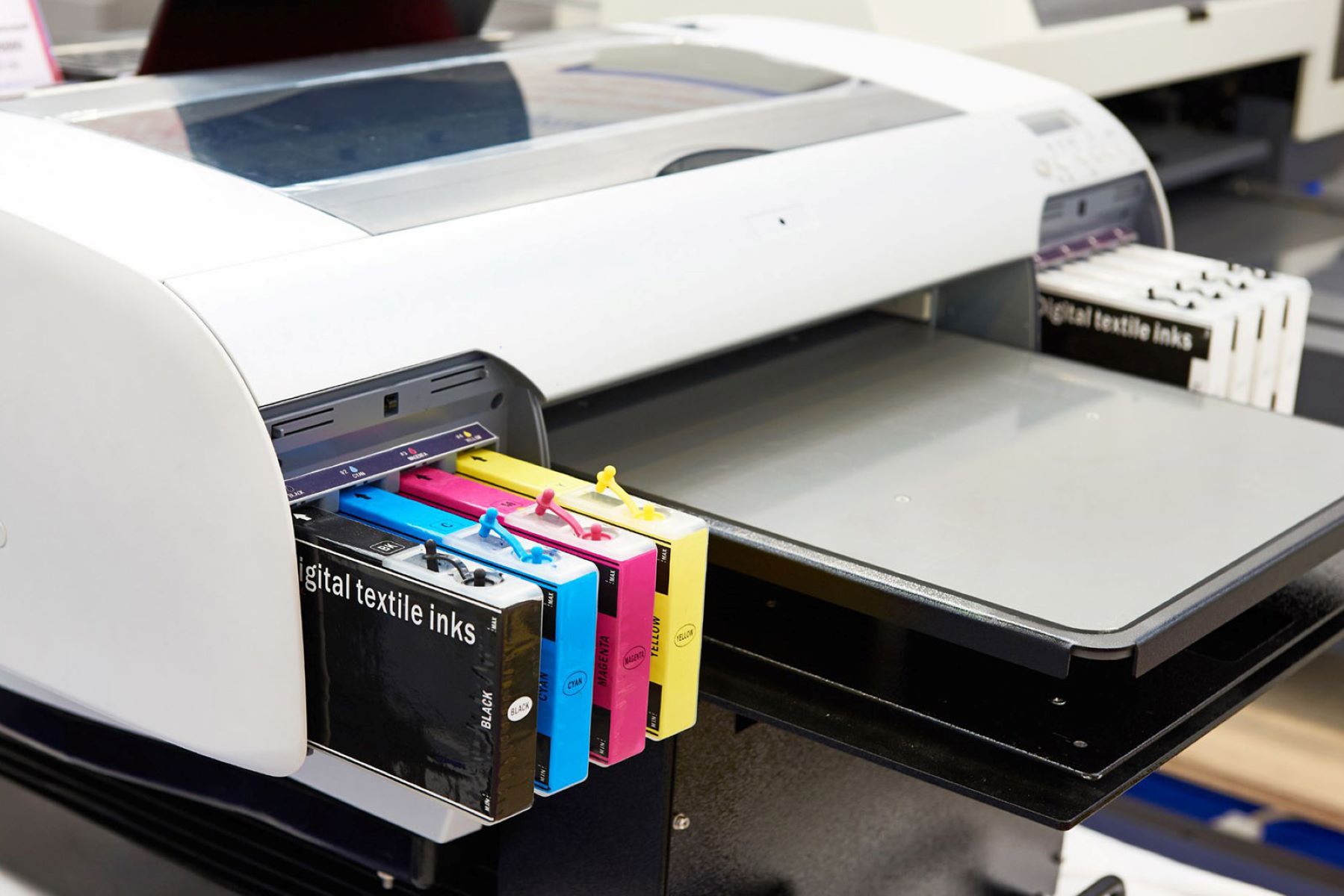
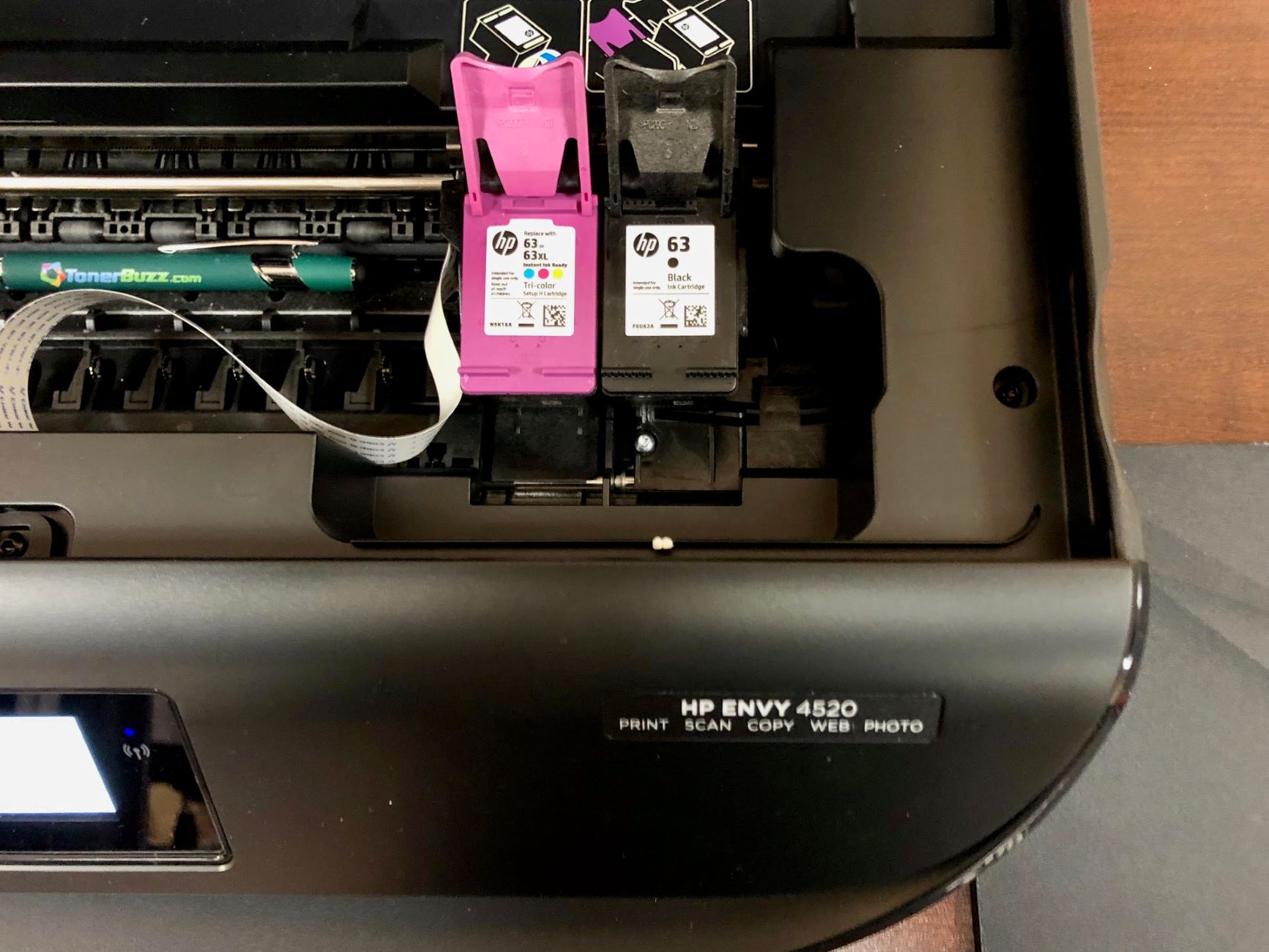

0 thoughts on “How To Make Printer Use Color Ink For Black”